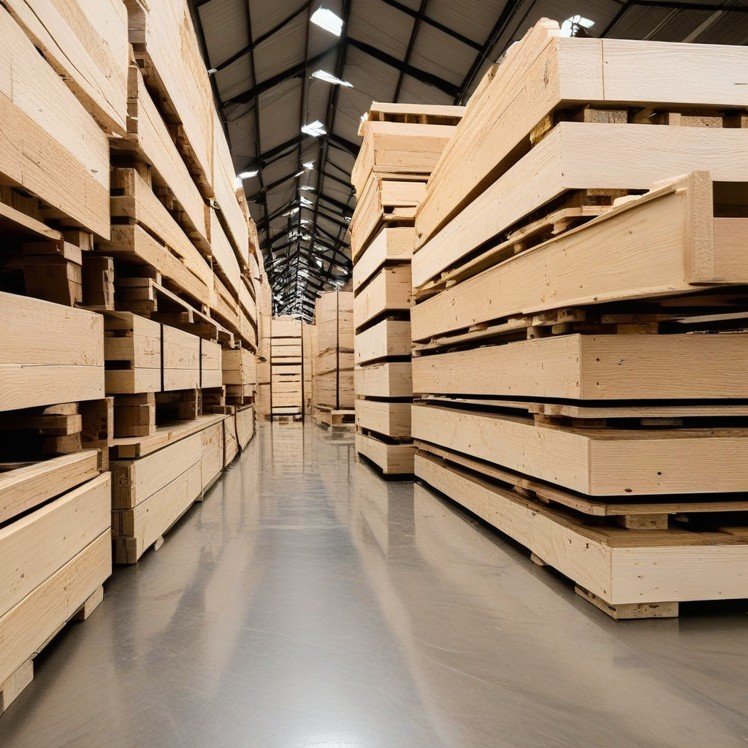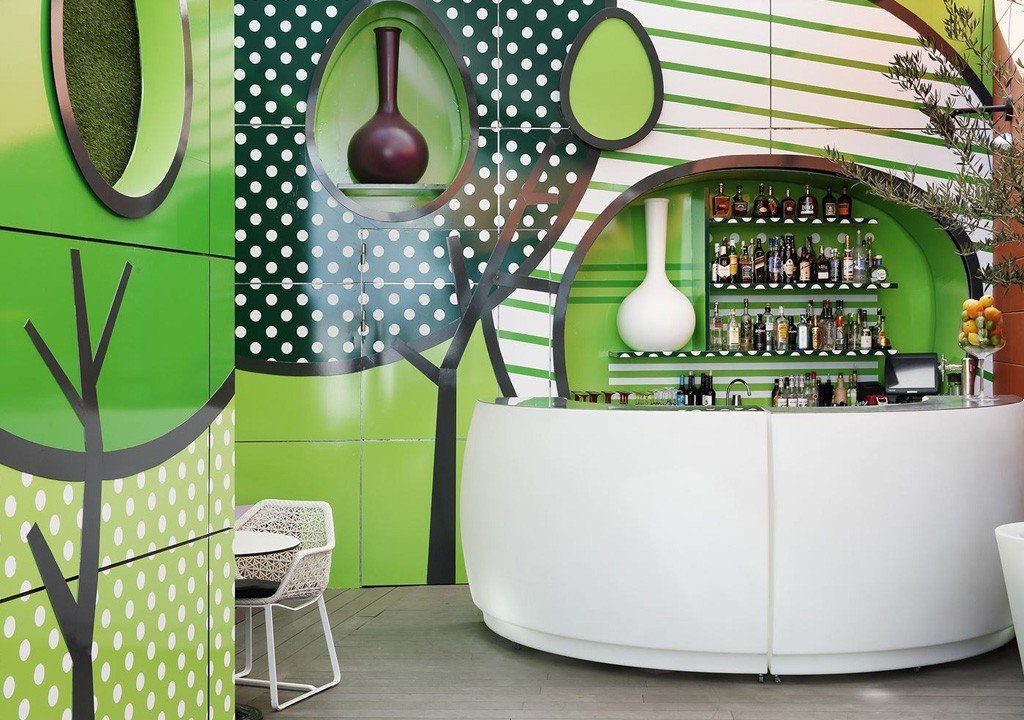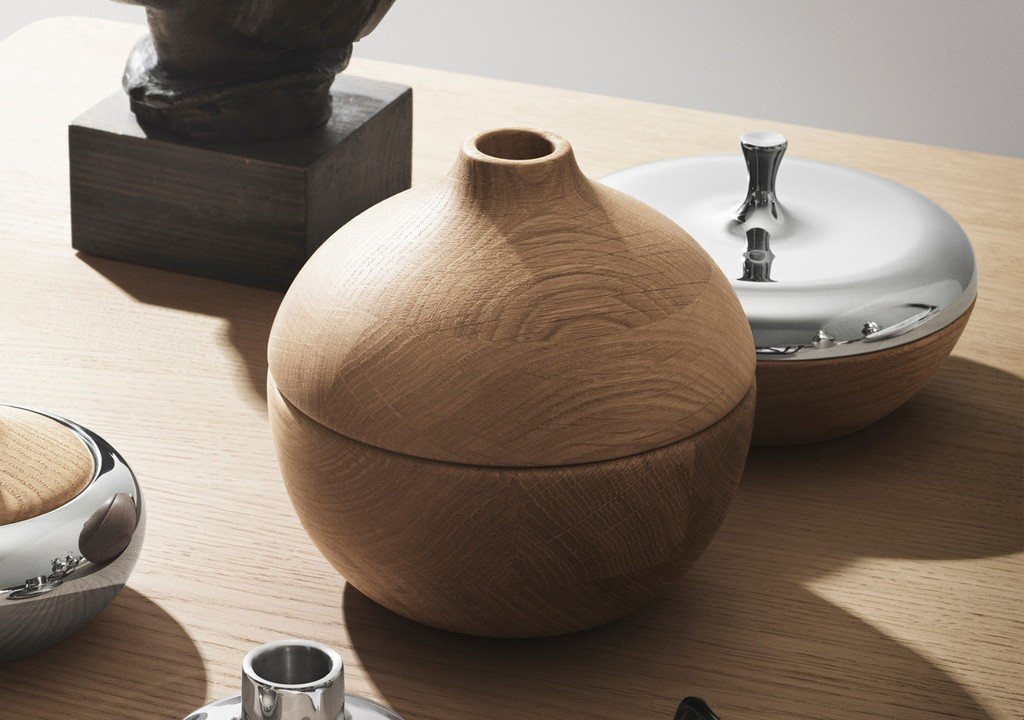Wood is one of the oldest creative media of mankind. From primitive tools to exquisite carvings, the warmth and vitality of wood always bear the mark of civilization. Today, with the awakening of environmental awareness, the creation of wood art is no longer limited to aesthetic expression, but has become a practice of reconciliation with nature – the natural texture of Solid Wood, the recycling wisdom of Recycled Wood, and the sustainable commitment of FSC certified wood are redefining the value boundaries of modern Wood Art.guge.com

Solid wood: an artistic carrier gifted by nature
Solid wood is the “soul material” of wood art. The unjointed whole piece of wood completely retains the texture, knots and color changes of the tree. Every carving is in dialogue with the memory of nature. Whether it is the smooth lines of Nordic minimalist furniture or the exquisite bite of oriental mortise and tenon structure, the plasticity and durability of solid wood make it the first choice for classic design.
However, over-reliance on hardwood resources from virgin forests has cost the earth. Today, designers are beginning to explore more responsible ways: choosing tree species with faster growth cycles (such as ash and bamboo), or using FSC-certified wood, a label of the International Forest Stewardship Council (FSC), to ensure that the wood comes from legally felled and renewable forest land, taking into account both ecological protection and craftsmanship requirements.
Recycled wood: art reborn from ruins
Abandoned building beams, old ship decks, and even broken furniture… these woods worn by time are transformed into Wood Art full of stories in the hands of artists. The unique charm of recycled wood lies in its “scars”: rusted nail holes, cracks eroded by wind and rain, and patina accumulated over the years, which inject a sense of history and human warmth into the works.
For example, American artist James McNabb used wooden blocks from construction waste to splice into miniature urban landscapes; Japanese designer Nakashima transformed broken logs into furniture that is both functional and beautiful. Recycled wood art not only reduces the consumption of new wood, but also makes the value of “waste” immortal in art.
FSC certification: Let wood art and forests breathe together
About 10 million hectares of forests disappear every year due to illegal logging, and the FSC certification system is trying to reverse this trend. By tracking the entire chain of wood from forest land to finished products, FSC ensures that every piece of wood marked “FSC Mix” or “FSC 100%” comes from sustainably managed forests.
For the wood art industry, using FSC-certified wood is not only an environmental declaration, but also a “green pass” to win consumer trust. Dutch design brand Piet Hein Eek even transforms FSC-certified pine scraps into iconic collage furniture, proving that sustainable materials and high-end design can coexist perfectly.
The future of wood art: Finding a balance between creation and protection
When the natural beauty of solid wood, the recycling wisdom of recycled wood and the ecological responsibility of FSC certification are intertwined, the creation of wood art goes beyond the simple aesthetic category and becomes a discussion about the philosophy of survival. Artists and designers are proving with their actions:
Technological innovation: CNC engraving reduces wood waste, and 3D modeling optimizes wood cutting plans;
Cultural inheritance: traditional mortise and tenon craftsmanship is combined with modern environmental protection concepts to extend the life cycle of wood products;
Consumer awakening: More and more consumers are willing to pay a premium for “sustainable wood art”, promoting the industry’s transformation to green.
Conclusion: Carving a heart that reveres nature
Wood can breathe and can also “die”. But when humans treat this gift from nature with humility, wood art becomes a bridge connecting the past and the future – using FSC-certified wood to protect the vitality of the forest, using recycled wood to continue the memory of materials, and using the pure beauty of solid wood to awaken people’s respect for the earth. Perhaps this is the most profound contemporary meaning of Wood Art: in every work, carve a heart that reveres nature.muyizhijia.com


